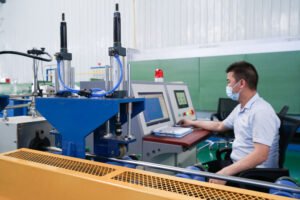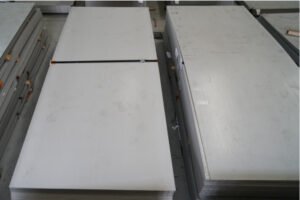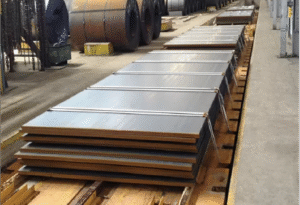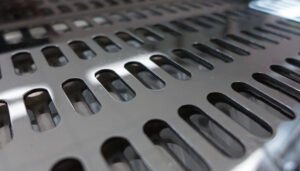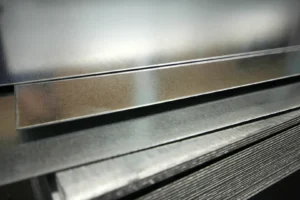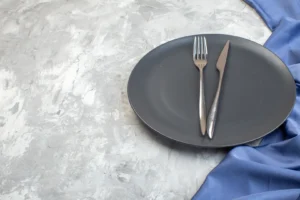Why Expert Fabrication is Essential for Complex Designs
Complex designs look great on paper but can be a nightmare to build. This uncertainty can lead to costly errors and project delays. Expert fabrication ensures your vision becomes a precise, functional reality.
Expert fabrication is essential because it translates intricate architectural and engineering visions into tangible, high-quality structures. It ensures precision, mitigates risks, enhances structural integrity, and delivers the bespoke, sophisticated elements demanded by modern industries like aerospace, automotive, and construction, providing a clear competitive advantage.

As the Global Business Director at MFY, I've seen countless ambitious projects succeed or fail based on one critical factor: the quality of the fabrication partner. A great design is only half the battle. Bringing it to life requires a level of skill and technological capability that goes far beyond standard manufacturing. Let's explore why bringing in specialists isn't just a good idea—it's a necessity for success in today's demanding market.
What challenges do complex designs pose in fabrication?
Intricate designs involve tight tolerances[^1] and unique materials. Misinterpreting a single detail can derail the entire project. Specialized knowledge is needed to navigate these complexities successfully and avoid costly rework.
Complex designs introduce challenges like tight geometric tolerances, the use of non-standard materials, intricate assembly sequences, and the need for advanced manufacturing technologies. These factors increase the risk of errors, budget overruns, and compromised structural integrity without expert oversight.

When we move from a simple blueprint to a multi-faceted, complex design, the nature of fabrication changes completely. It shifts from a simple process of cutting and joining to a science of precision engineering. The challenges are not just bigger; they are fundamentally different. At MFY, we see our clients grapple with these issues daily, which primarily fall into two categories: material behavior and precision.
Material Behavior and Selection
Complex designs often specify advanced alloys or unconventional grades of stainless steel to meet performance requirements like high strength-to-weight ratios or extreme corrosion resistance. These materials don't behave like standard steel. They may require specific pre-heating, specialized welding consumables, or controlled cooling rates to prevent cracking or loss of properties. An inexperienced fabricator might treat them like any other metal, leading to hidden defects that compromise the entire structure. Choosing the right material and knowing exactly how to work with it is the first, and perhaps most critical, challenge.
Precision and Tolerance Stacking
In a complex assembly, dozens of individual components must fit together perfectly. Each part has a dimensional tolerance, and these small, acceptable variations can "stack up" across the assembly, causing significant misalignment issues. Expert fabricators understand this phenomenon. They use advanced metrology tools and a deep understanding of geometric dimensioning and tolerancing (GD&T)[^2] to manage the entire process, ensuring the final product assembles flawlessly.
| Challenge Area | Standard Fabrication Risk | Expert Fabrication Solution |
|---|---|---|
| Material Handling | Incorrect welding procedure causes brittleness. | Material-specific protocols and certified welders. |
| Tolerance Control | Parts don't align during final assembly. | GD&T analysis and precision machining. |
| Complex Geometry | Inability to form intricate shapes accurately. | Use of 5-axis CNC and advanced software. |
Why is expert fabrication crucial for handling intricate design elements?
Your design features delicate curves and precise angles. Standard fabrication methods can't achieve this level of detail. Expert fabricators use specialized equipment and techniques to bring these elements to life.
Expert fabrication is crucial for intricate elements because specialists possess the advanced machinery, software (like CAD/CAM), and hands-on experience to execute complex geometries, delicate welds, and fine finishes that standard shops cannot, ensuring the design's aesthetic and functional intent is perfectly realized.

Intricate design elements are where a project's signature aesthetic and functional innovation truly shine. They are also where fabrication errors become most visible and costly. Handling these details is less about brute force and more about finesse, which requires a combination of technology and human skill. This is a topic I'm passionate about because it's where true craftsmanship meets modern technology.
Advanced Manufacturing Techniques
Expert fabricators invest heavily in cutting-edge technology. This isn't just about having newer machines; it's about having the right machines. For example, a 5-axis CNC mill can create complex, organic shapes from a solid block of metal in a single setup, something impossible for a standard 3-axis machine. Likewise, fiber laser cutters can slice through stainless steel with microscopic precision, creating clean, sharp edges for intricate patterns without thermal distortion. These technologies aren't just faster; they enable a level of detail that was previously unachievable, allowing architects and engineers to push the boundaries of design.
The Human Element: Skill and Experience
Technology alone is not enough. I remember a client in the automotive sector who needed a custom exhaust manifold for a high-performance vehicle. The design had incredibly complex bends and tight clearances. A standard shop with a CNC bender failed twice, as the material would wrinkle or crack. Our expert team stepped in. They used the same CNC technology but combined it with the nuanced skill of a master fabricator who adjusted the machine's parameters based on his feel for the material. He then finished the piece with flawless TIG welding. That combination of advanced machinery and deep, hands-on experience is what defines expert fabrication. It turns a manufacturing challenge into a competitive advantage for our client.
How can expert fabrication improve the structural integrity of complex designs?
A complex structure can have hidden weak points. A small fabrication error, especially in a weld, can lead to catastrophic failure. Expert fabricators understand material science and ensure every joint is perfect.
Expert fabrication improves structural integrity by ensuring proper material selection, precise joint preparation, and correct welding techniques. This expertise prevents stress concentrations, material fatigue, and other vulnerabilities that can arise from improper handling of complex geometries, guaranteeing the final product is safe and durable.
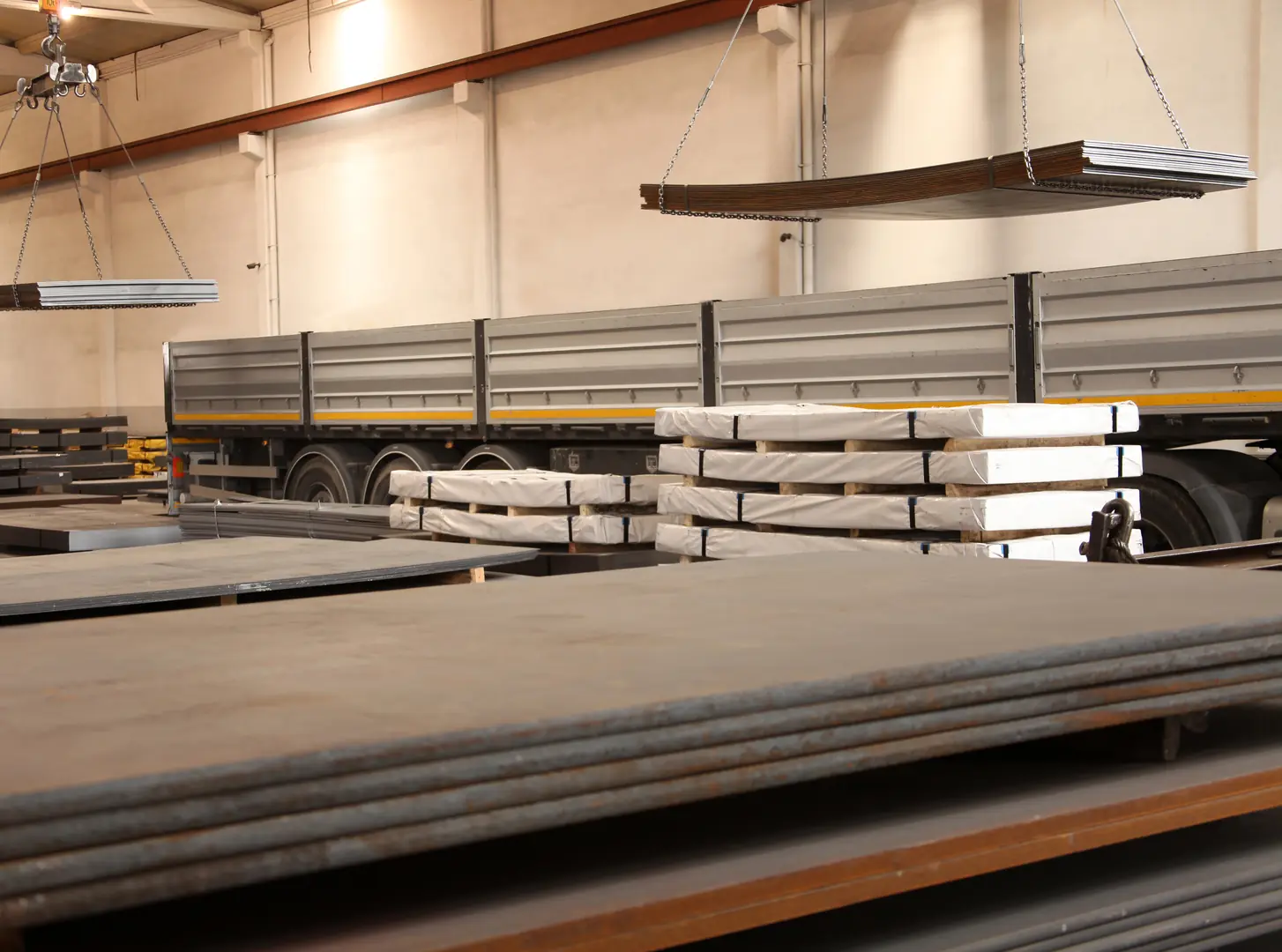
Structural integrity is non-negotiable. For manufacturers, construction contractors, and engineers, it is the foundation of their reputation and the assurance of public safety. In complex designs, where loads are distributed in unconventional ways, the role of the fabricator becomes as critical as that of the design engineer. An expert doesn't just follow the blueprint; they understand the forces at play and fabricate accordingly.
Understanding Material Stress
Every cut, bend, and weld introduces stress into the material. Complex designs often feature sharp angles or transitions in thickness, which can become natural points for stress to concentrate. If not managed properly during fabrication, these stress risers can become the origin point for cracks and eventual failure, especially under dynamic loads or vibration. Expert fabricators use techniques like controlled heating and cooling cycles (heat treatment) and proper bend radii to minimize residual stress. They see the material not just as a shape, but as a dynamic system of internal forces.
The Critical Role of Welding
In any fabricated structure, the welds are often the most critical points. A poor weld is a built-in failure point. Expert fabricators employ certified welders who understand the metallurgy of the materials they are joining. They ensure proper penetration, avoid porosity and inclusions, and use the correct shielding gases and filler materials.
| Welding Aspect | Improper Technique (Risk) | Expert Technique (Integrity) |
|---|---|---|
| Penetration | Shallow weld, weak joint. | Full penetration, strong bond. |
| Porosity | Gas bubbles trapped, creates voids. | Proper shielding gas, clean weld pool. |
| Heat Input | Warping or material degradation. | Controlled amperage and travel speed. |
This meticulous attention to detail ensures that every joint is as strong as, or even stronger than, the base material itself, guaranteeing the long-term safety and durability of the entire structure.
What solutions do expert fabricators offer for overcoming design challenges?
Your design seems brilliant but impossible to manufacture. This creates delays, budget issues, and frustration. Expert fabricators offer innovative solutions and collaborative problem-solving to make it possible.
Expert fabricators offer solutions like Design for Manufacturability (DFM) consultations, material substitution recommendations, advanced simulation, and prototyping. They collaborate with designers to refine plans, ensuring the final design is both aesthetically pleasing and efficiently producible, saving time and money.

The best fabricators are not just suppliers; they are problem-solving partners. Instead of simply saying "no" to a challenging design, they ask, "How can we make this work?" This collaborative approach is what transforms a difficult project into an innovation-driven success story. At MFY, we believe our job starts long before the first piece of steel is cut.
Collaborative Design for Manufacturability (DFM)
One of the most valuable solutions an expert offers is a DFM review. This is where the fabrication team analyzes the design from a manufacturing perspective. They might suggest a small change to an angle to make it easier to weld, recommend a different material grade that offers similar performance at a lower cost, or propose breaking a complex part into simpler sub-assemblies. I've seen DFM reviews shave weeks off project timelines and reduce costs by over 20%, all without compromising the designer's original vision. It's a process of refinement that bridges the gap between the theoretical world of design and the practical world of production.
Prototyping and Iteration
For truly groundbreaking designs, sometimes the only way to prove a concept is to build it. Expert fabricators have the agility to produce rapid prototypes. These aren't just rough mock-ups; they are functional parts used to test fit, form, and function. This iterative process allows the design and engineering teams to identify and solve unforeseen challenges early on. It's a hands-on, collaborative way to de-risk a project. By investing in a prototype, you can confirm that the full-scale production will run smoothly, avoiding expensive surprises down the line.
What are the best practices for selecting a fabricator for complex design projects?
Choosing the wrong fabricator can ruin your project. You risk poor quality, missed deadlines, and a damaged reputation. You need a partner with a proven track record and the right capabilities.
Best practices include verifying their experience with similar complex projects, assessing their technological capabilities (e.g., machinery, software), checking for quality certifications (like ISO 9001), reviewing client testimonials, and evaluating their communication and project management processes to ensure a collaborative partnership.
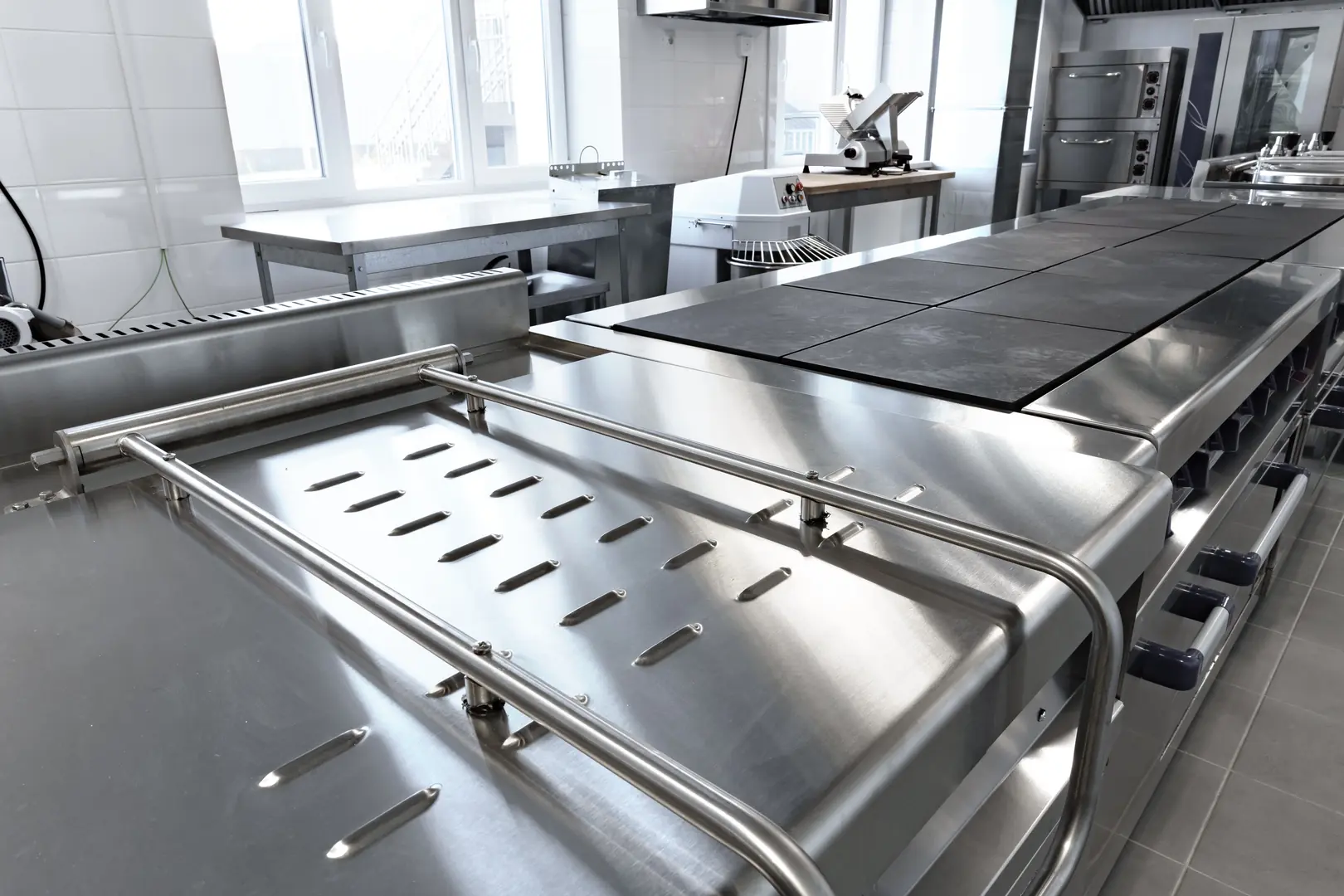
Selecting a fabrication partner for a high-stakes project is one of the most important decisions a manager can make. The right choice leads to a smooth process and a superior outcome, while the wrong one can lead to a cascade of problems. Having been on both sides of this equation, I advise our clients to look beyond the price and evaluate a potential partner's true capabilities.
Look Beyond the Quote
The lowest bid is rarely the best value, especially in complex fabrication. A low price may hide a lack of investment in modern technology, a less-skilled workforce, or an absence of robust quality control systems. Instead of focusing solely on the price, evaluate their entire process. Do they have a dedicated project manager? How do they handle quality assurance and documentation? A slightly higher initial cost for a top-tier fabricator often translates into significant savings by avoiding errors, rework, and delays.
Key Questions to Ask
When vetting a potential fabricator, a structured approach is essential. Here are some of the questions we encourage our partners to ask:
| Question Category | Key Questions | What to Look For |
|---|---|---|
| Experience | "Can you show us projects of similar complexity?" | A portfolio of relevant work, not just generic examples. |
| Технология | "What specific equipment will you use for our project?" | Mention of specific technologies like 5-axis CNC, laser cutting, etc. |
| Quality | "What quality certifications do you hold (e.g., ISO 9001)?" | Formal certifications and a dedicated quality control department. |
| Сотрудничество | "How will we communicate and track progress?" | Clear communication channels and a collaborative, problem-solving mindset. |
Ultimately, you are not just buying a fabricated part; you are entering a partnership. You need a partner who is as committed to the success of your project as you are.
Заключение
For complex designs, expert fabrication isn't an expense; it's a strategic investment. It ensures your vision is realized with precision, integrity, and quality, turning ambitious concepts into tangible competitive advantages. It is the essential bridge between imagination and reality in the modern industrial world.
У вас есть вопросы или нужна дополнительная информация?
Свяжитесь с нами, чтобы получить индивидуальную помощь и квалифицированный совет.

